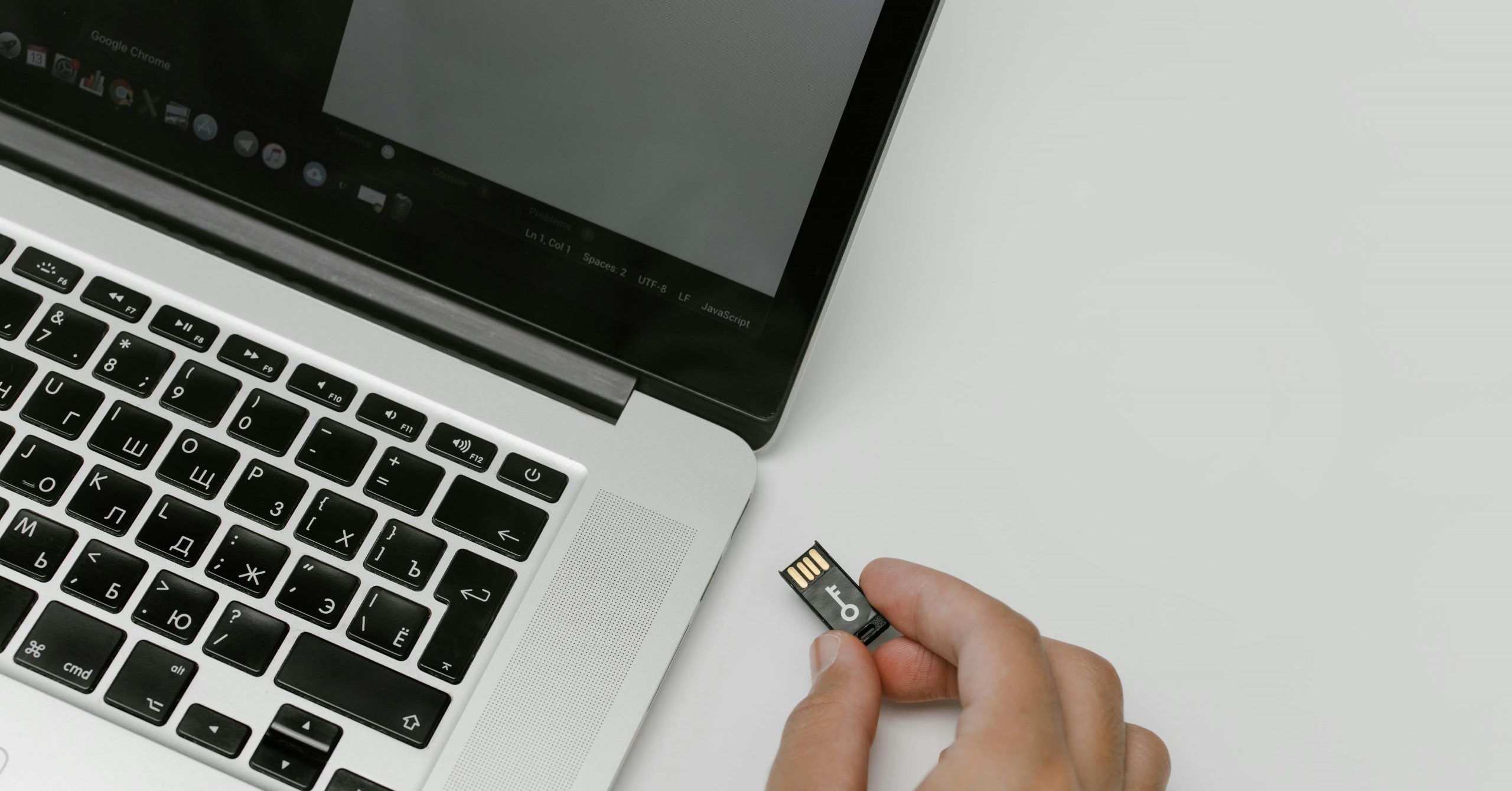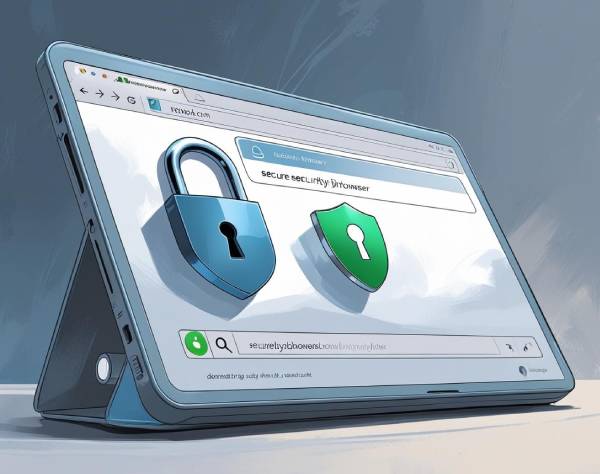What is an SD card, anyway?

This may come as a surprise, but the first form of removable storage was actually a punch card. The card was designed in the 1950s to record various types of data that were then fed into a computer. The machine would read the punches and interpret the data.
From there, magnetic tape developed. This innovation dominated computing in the 1960s and 1970s, but was eventually replaced by floppy disks and CD-ROMs in the 1980s and 1990s. But as soon as the new millennium began, users and their devices were demanding a new type of storage: flash.
Flash memory comes in many forms. This type of storage is most often associated with USB “stick” drives, but flash technology is also used on SD cards.
What is an SD card?
SD, or secure digital, cards are a small form of flash memory that has become popular with the rise of digital cameras and smartphones. Most of these devices require an SD card to save their data. The card, often the size of a quarter or less, can be popped out of one device and into another to quickly and easily dump data.
These devices pack a lot of power and storage space for their size. When compared to the punch cards and magnetic tape of previous decades, SD cards are one way of measuring just how much computing has changed over time.
But what makes SD cards tick? Are there different types of SD cards? What should a user do if their SD card fails? Read on to learn more.
How does an SD card work?
As previously mentioned, SD stands for “secure digital,” but what is an SD card, really? To understand SD cards and how they work, you must first understand flash memory.
Flash drives are solid-state storage meaning the drive has no moving, mechanical parts. These devices are 100 percent electronic and write, erase and rewrite data. What sets flash storage apart is the ability to do all this in a limited amount of space, as flash storage is known for being small and extremely portable.
SD cards are a type of flash storage. They usually come in a postage stamp or similar size and are less than a tenth of an inch thick. They use a small circuit board and respond to an electric current to store data. This same technology allows the data to be retrieved by any device with an SD card reader.
Most SD cards have SDHC protocol, which means “secure data high capacity.” This protocol enables SD cards to hold up to 32GB of data. SDHC was a game-changer for SD cards, making them the preferred choice of many consumer electronics given their large storage to size (and price) ratio.
However, there may soon be even larger SD cards on the market. A new protocol, called secure data extended capacity (SDXC), enables SD cards to hold up to 2 TB of data. This technology is still developing but will soon give rise to SD cards with even larger storage capacities.
What are the types of SD cards?
As discussed, there are different protocols (SDHC and SDXC) for SD cards, which certainly constitutes two types. But there are also several different sizes. SD cards come in regular, mini and micro.
When SD cards first came on the scene, the regular size was quite popular and generally considered the standard. The regular size is 32 by 24mm which fits into most computers and digital cameras. Consumers quickly fell in love with this compact storage solution, and as devices got smaller, so did the SD cards.
Mini SD cards were developed to fit into smaller digital cameras and other, similar media. They measure 21.5 by 20mm. Devices only having a regular SD card port can easily use an adapter to plug mini SD cards into a regular-sized port. But this type of SD card is rarely used today as the micro SD card, a much smaller relative of the mini, has overtaken the tiny flash storage market.
Micro SD cards are the smallest cards yet, coming in at 15 by 11mm and a mere 1mm thick. As cell phones evolved to be smarter and smaller, a tinier storage solution was needed. Micro SD cards fit the bill and are often used to augment the built-in storage capacities of smartphones and other small devices.
How much do SD cards cost?
When they first entered the market, SD cards were quite expensive. As recently as 15 years ago, you could’ve easily spent $100 on a 4GB mini SD card. But those days are long gone and, as with most storage media, the cost of SD cards has come down considerably.
Here’s a breakdown of what you can expect to pay for an SD card in 2020:

As you can see, the prices are comparable and, in some cases, the micro is more affordable than the regular SD. But the choice really comes down to your device’s type of SD port. Buying an SD card is pretty straightforward, just be sure to confirm the type your device needs.
What if an SD card fails?
Technology is great up until the point of failure. Nothing is built to last forever, and SD cards are no different. Like all flash memory, they’re only capable of writing and rewriting data a predetermined number of times.
Before your device fails, make sure you have a backup copy of your data saved to your local hard drive, a cloud-based storage solution or both. You’ll save yourself a headache when your SD card does fail.
If you experience an SD card failure, and don’t have a backup, contact a data recovery specialist right away. Don’t attempt to resolve the problem yourself … because you’ll probably make things worse!
Data recovery specialists are highly trained and well-equipped to assess and retrieve your information no matter what the circumstances. So contact DriveSavers the next time your SD card fails.




